New wavelengths, higher powers/energies and new applications all the time – No doubt that the laser industry is advancing steadily. That being said, Dr. Ephraim Greenfield, Ophir co-founder, points out that there are still three basic ways to measure laser power and energy:
- Thermopile detectors – measures the amount of heat flowing through the detector by its heating effect on an array of thermocouples. In this technology the laser hits the middle of the sensor disc. The periphery is cooled, which causes the heat from the laser to disperse towards the cooled area. The thermocouples (see illustration) measure the heat being dispersed.
2. Photodiode detectors – converts light impinging on a photodiode into a current or voltage. These photodiode detectors are based on a semiconductor P-N junction. Photodiode detectors are very sensitive, have a wide dynamic range and are very linear at low powers. Their sensitivity is very wavelength dependent, as can be seen in the graph below.
3. Pyroelectric detector – this detector has a crystal that polarizes when heated. When a pulse of light hits the absorbing surface, a voltage pulse is created, with the voltage being proportional to the energy of the light pulse. Pyroelectric detectors are particularly useful for repetitive pulses and can measure up to thousands of pulses per second. They are also quite sensitive but not particularly durable.
Although, as noted, the basic technology has not changed over the last 15 years, laser power and energy meters have advanced to meet these new demands of new laser systems that have been developed regarding accuracy, sensitivity, range of power/energy measured and many other factors.
There are many options today for accurate and reliable laser power and energy measurement, and the choice will depend on a number of factors. You may find you need guidance to choose the best solution for you from an expert in the company from which you wish to purchase – and what is more perfect than to start with this enlightening and useful article by Dr. Greenfeild , and for further reading: Prevent a Mess: use Accurate Laser Measurement Equipment to Monitor the Power Output of your laser.
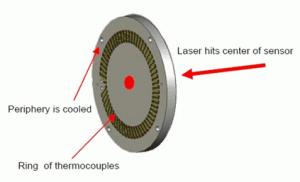
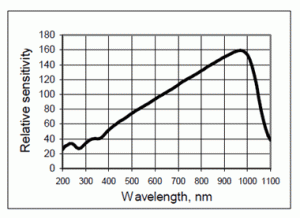
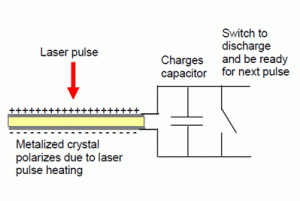









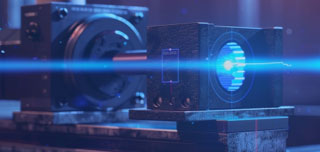
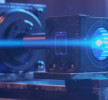
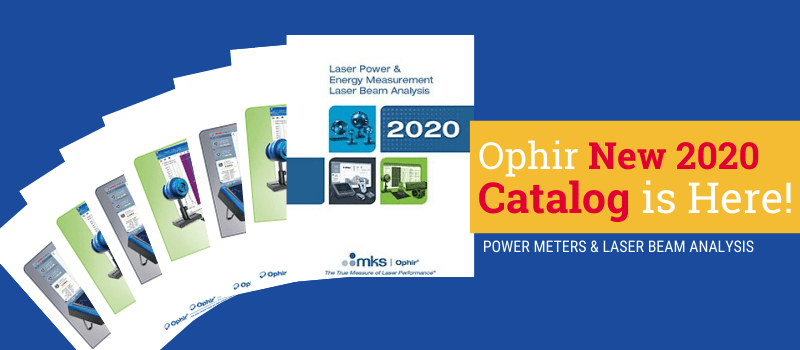

Leave a Reply
Your email address will not be published. Required fields are marked *